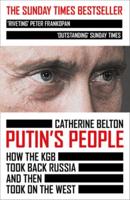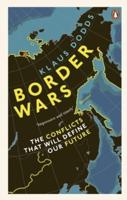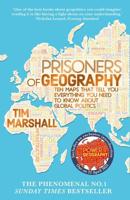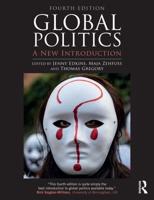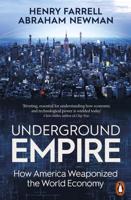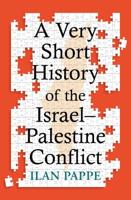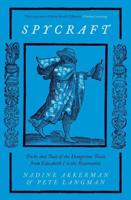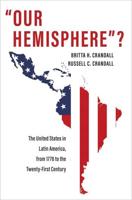Publisher's Synopsis
Government endeavours to influence foreign publics have long pre-dated the concept of public diplomacy, coined in the 1960s. The communication and technology revolution that is shaping the 21st century has given a powerful impetus to this particular way of conducting international relations. Governments have lost their quasi monopoly on the control of information to the benefit of public opinion and non-state actors. Who, then, does public diplomacy belong to? How is the task divided? What are the responsibilities of government officials? What is the role of non-state actors? How can one measure the power of the media? This title represents a major tool for diplomats around the world to perform effectively in their working environment, as well as being a must have for anyone willing to explore this area in depth.

